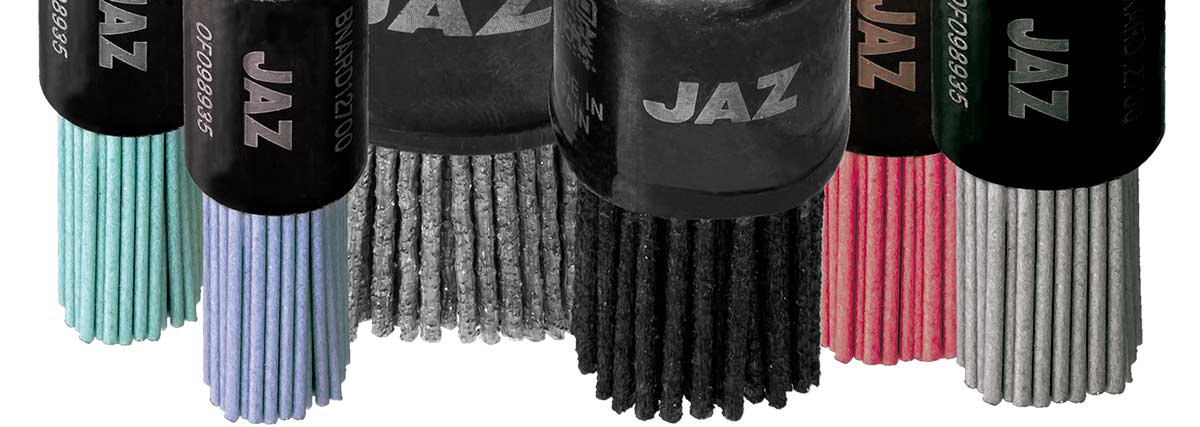An abrasive is a material that is hard enough to scratch other materials and tough enough to withstand continuous work with minimal wear, either by removing excess material by deburring or improving the quality of the surface finish through polishing.
There are solid types of abrasives such as resin bonded grinding discs and flexible types such as bands and fiber grinding discs. Today, flexible abrasives have improved and in many applications can replace solid abrasives by being more efficient and more user friendly for the operator and with the environment.
In the abrasive products world we have 2 main types: natural abrasives and synthetic abrasives.
Natural abrasives, as their name indicates, come from natural resources. Many of them are minerals like quartz or diamond, which are two of the most widely used abrasives.
Quartz is common abrasive material and is also known as silica sand. It is on the level 7/10 on the Mohs scale.
On the other hand, diamond is composed of carbon atoms. It is one of the hardest abrasive materials. It is at level 10/10 of the Mohs scale and is widely used to obtain highly accurate results such as in jewelry applications.
In synthetic abrasives we also find high-quality materials such as silicon carbide, aluminum oxide as well as Zirconium Alumina and Corundum. These two are the most common along with synthetic diamond.



